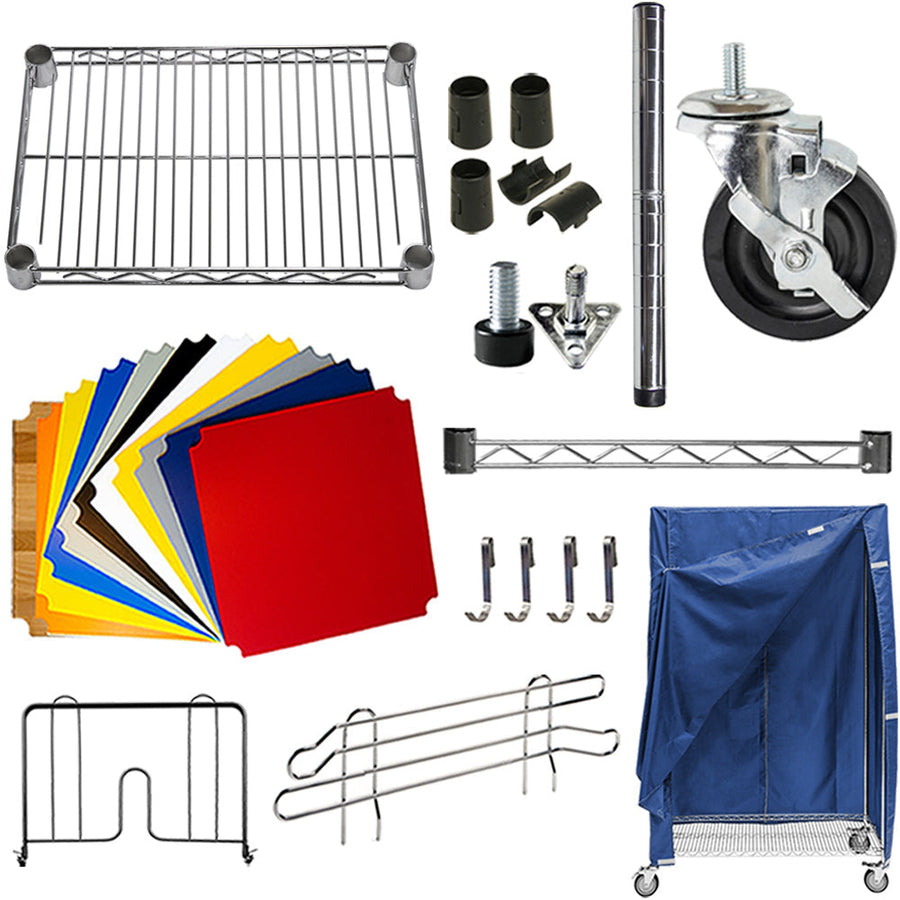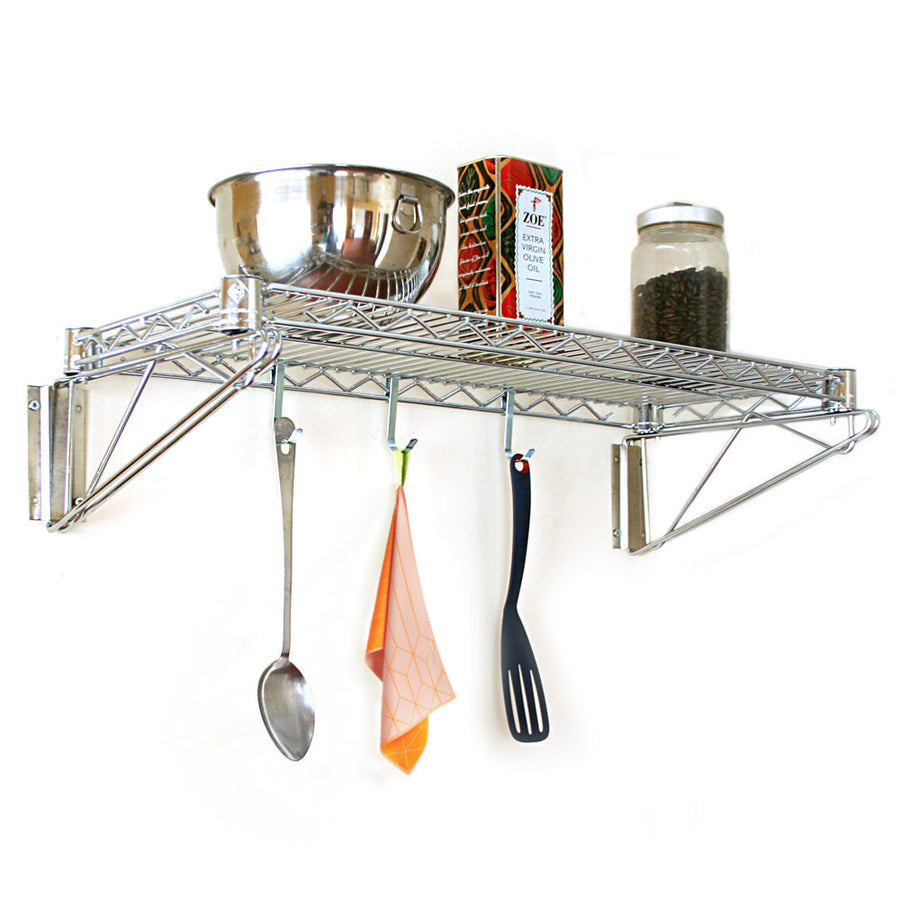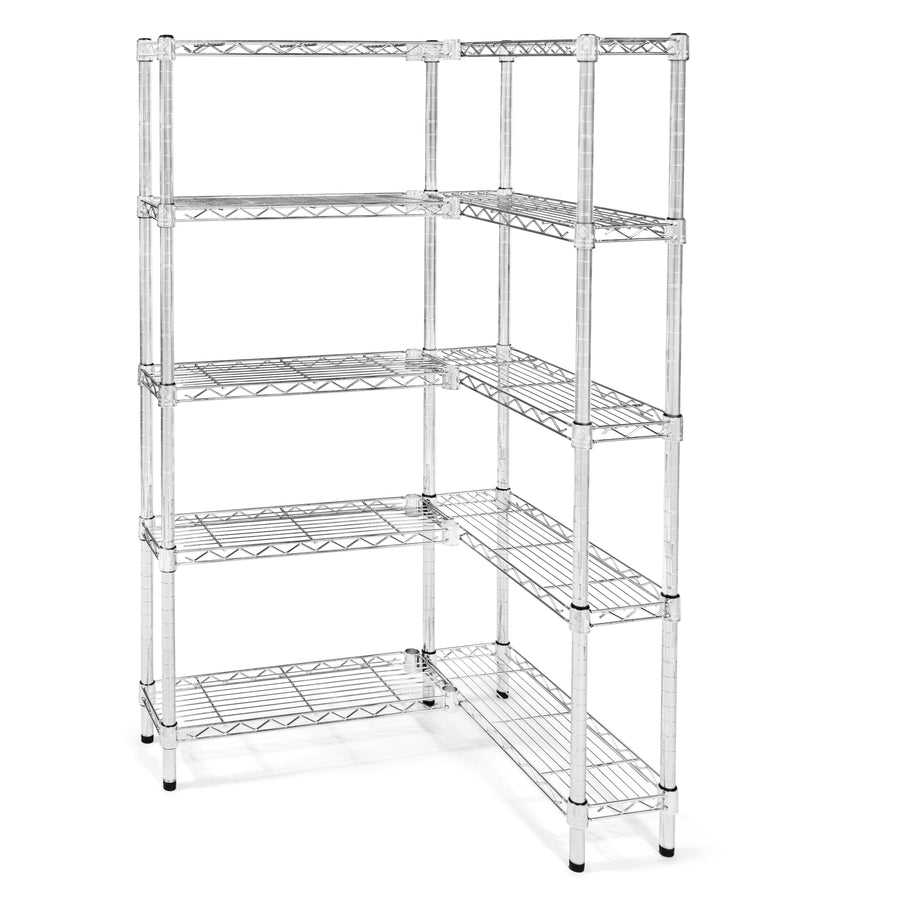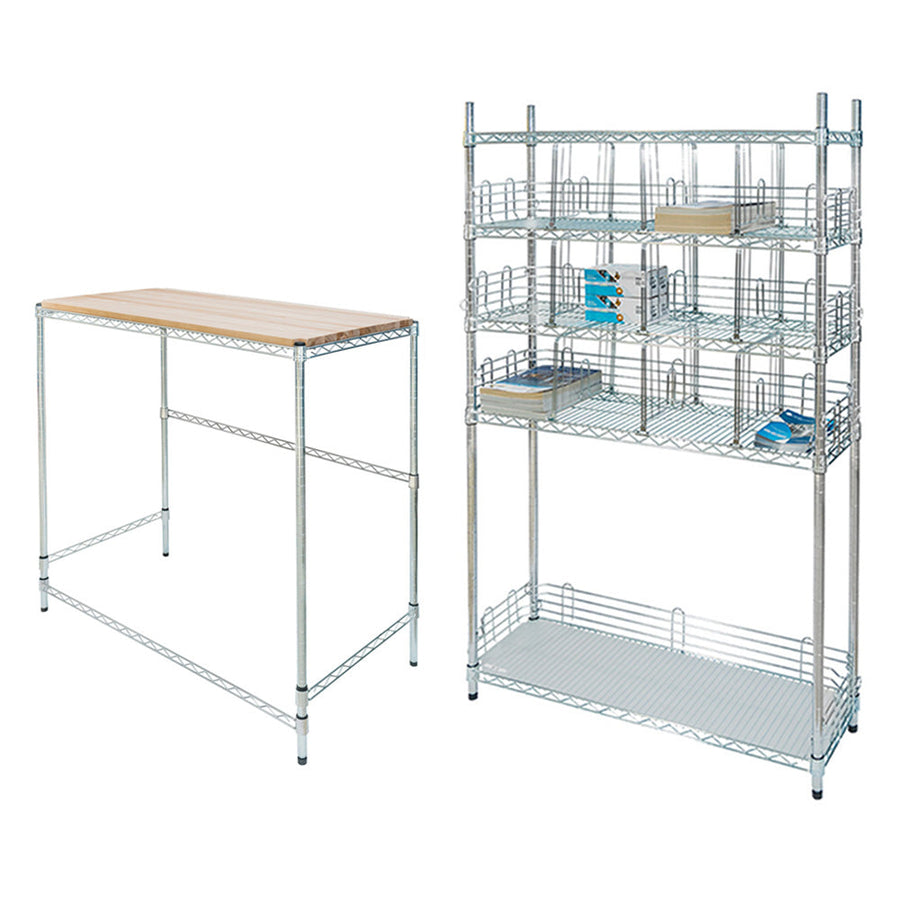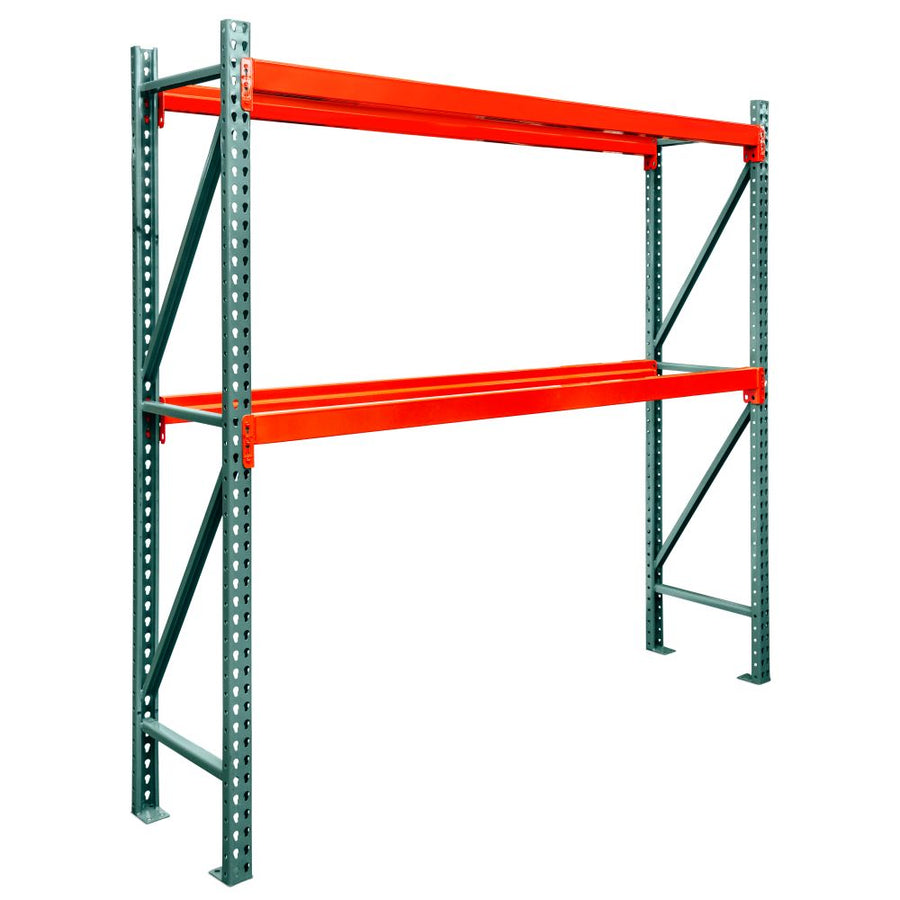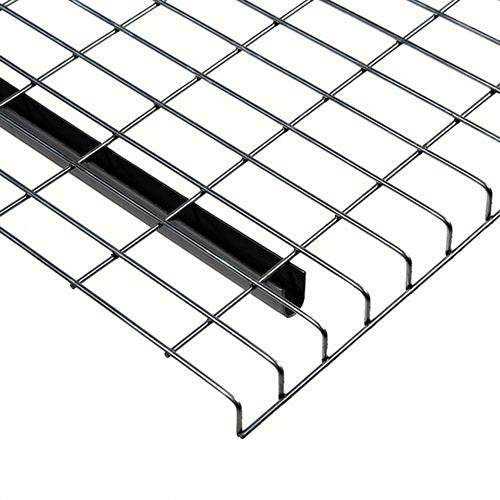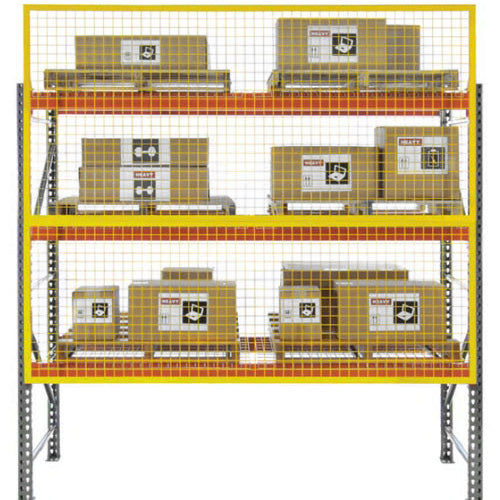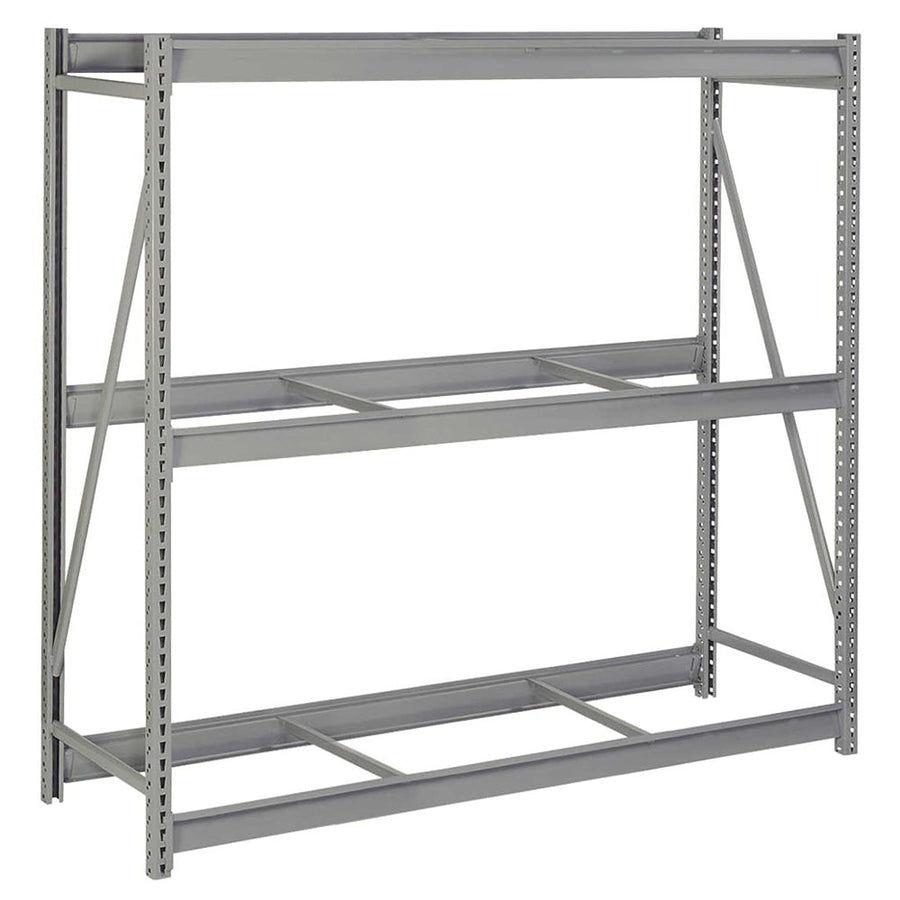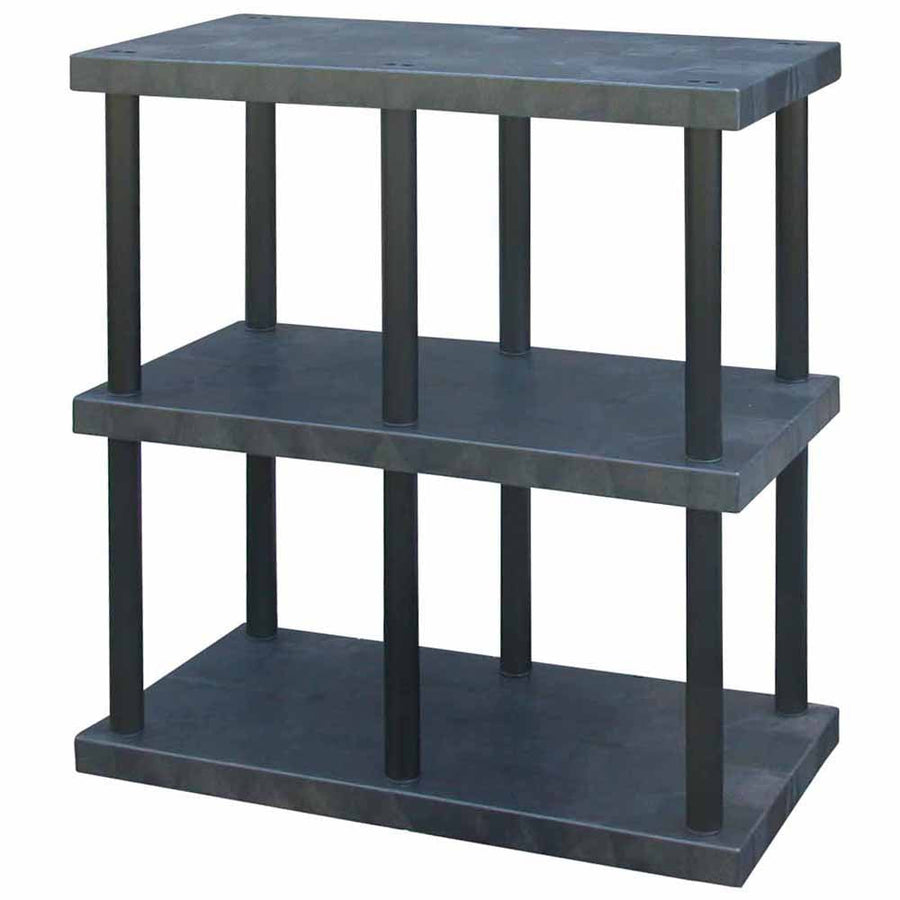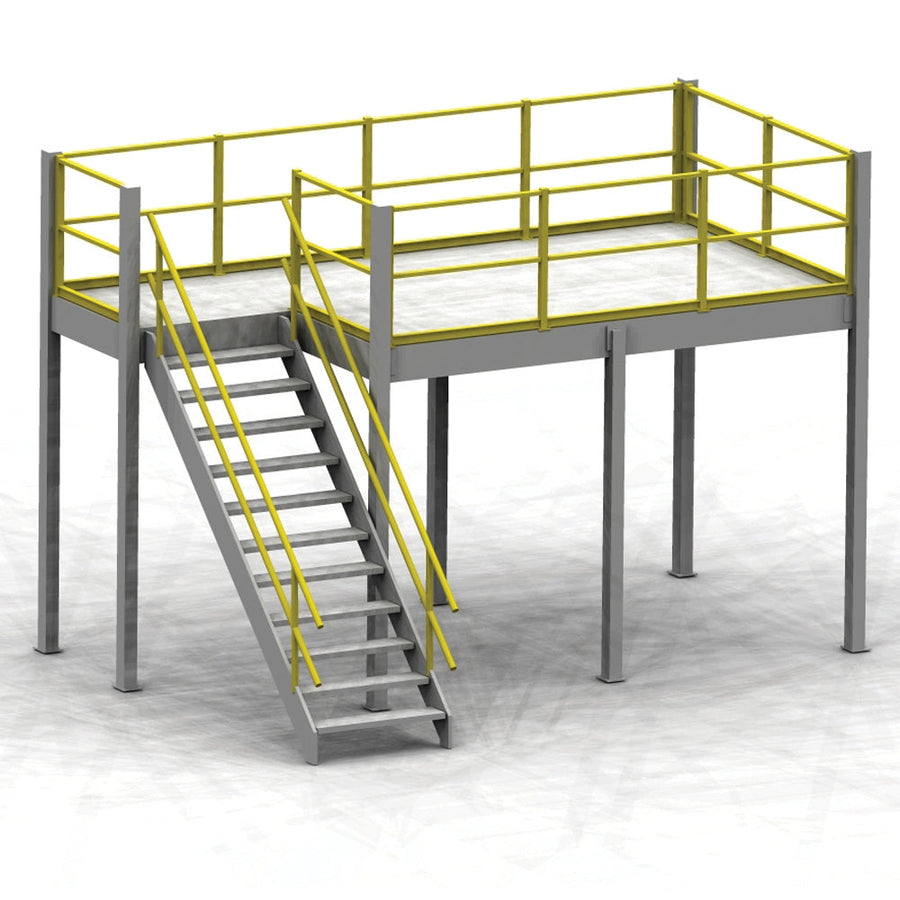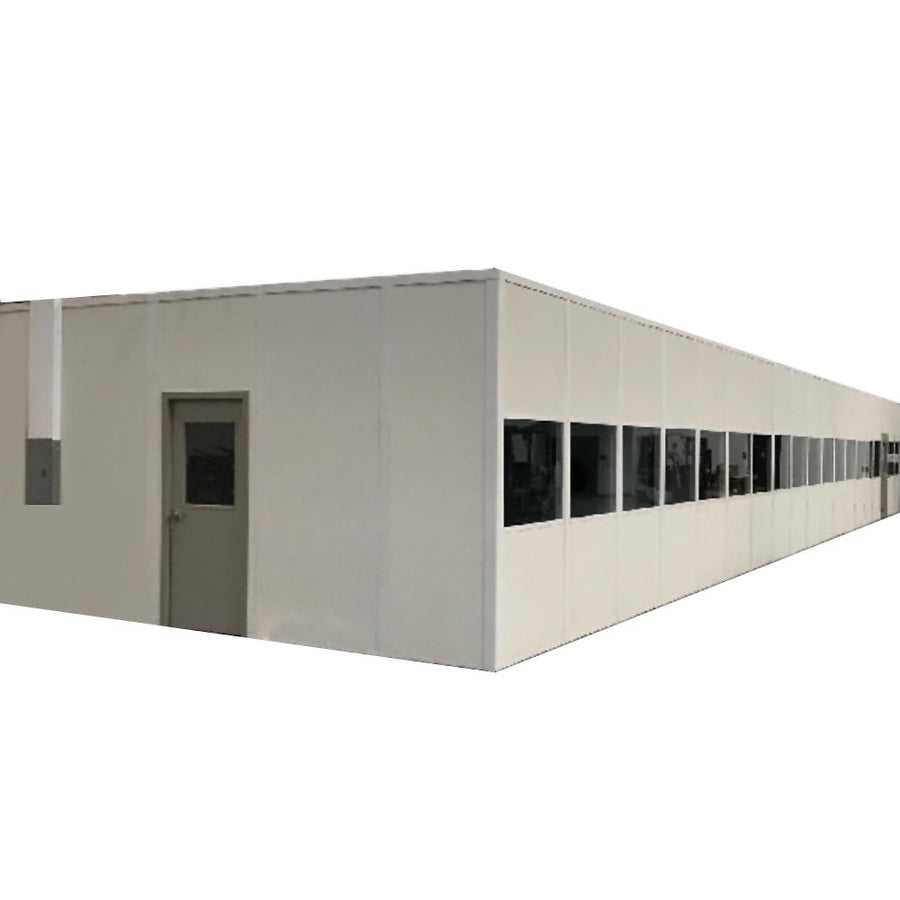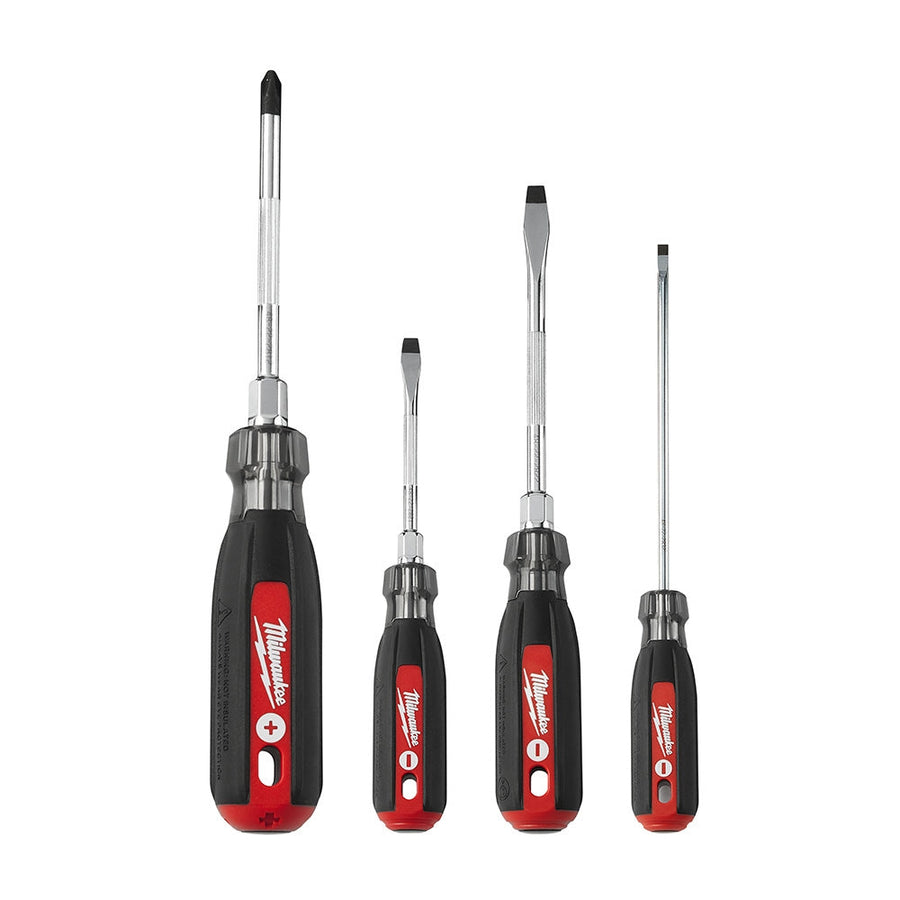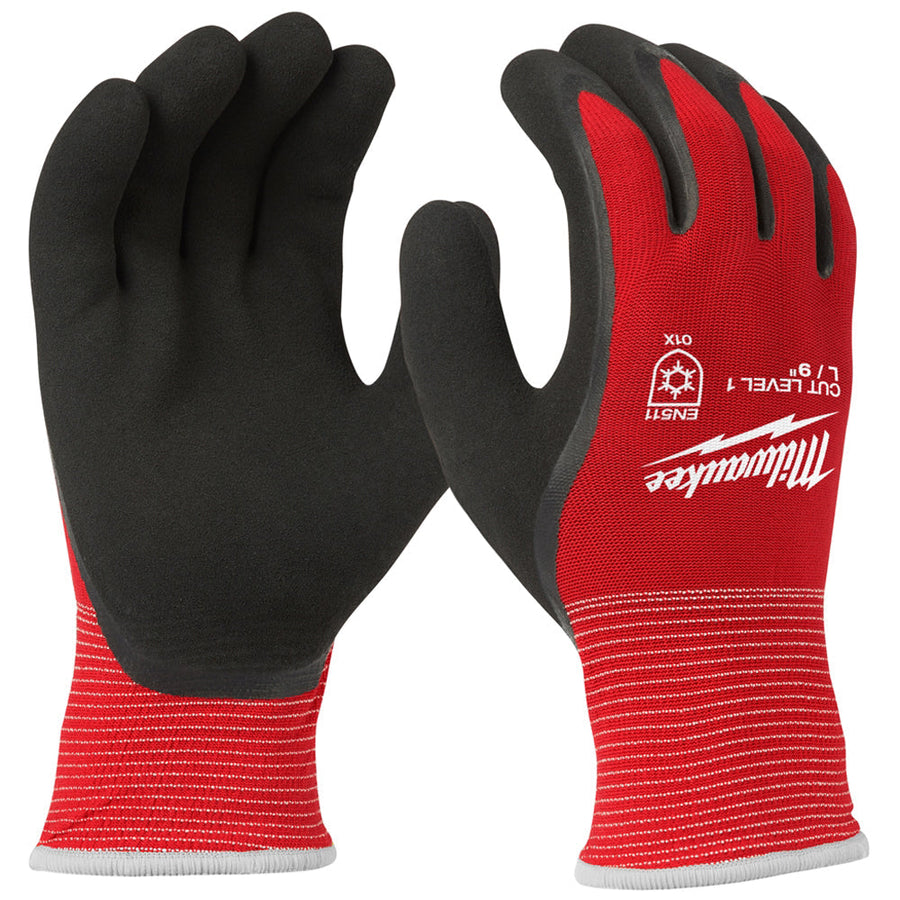A great deal of warehouses in America today are still located in the Midwest - and as anyone who’s lived in the Midwest can tell you, it gets awfully cold throughout the year.
Particularly in recent years where we’ve seen temperatures dip well below 0° and stay in the single digits for longer than anyone would like, extreme cold can begin to affect the way business is done - particularly in the warehousing industry. Any worker who’s spent time around a loading bay in December or January can attest to how miserable it can get, and not only can this have a negative effect on your equipment and inventory, it can begin to affect your workers and productivity as well.
If you’ve got shipping/receiving docks that get too cold for work sometimes, or if you’re dealing with a lot of cold drafts throughout your warehouse in general during the winter months, we’ve got some tips to help fight the cold and maintain comfortable temperatures for your workers and your inventory:
Train workers on cold weather procedures:
Cold temperatures can begin to affect the way your workers can get things done, and knowing how to compensate for these stresses and hazards will help maintain productivity and prevent injury and illness. OSHA guidelines stipulate that workers should be trained on how to recognize and prevent cold stress injuries like frostbite so they can better monitor themselves and their coworkers for signs of injury. Make sure this extends to their equipment, too - forklift operators need to know how their vehicles can perform under extreme cold situations, and by understanding how your warehouse shelving can be affected by cold temperatures you can prevent damage and avoid costly replacements.
Provide the right supplies:
Any worker forced to face the cold should be given proper protective equipment, like heavy duty coats/coveralls, gloves, insulated boots, and facemasks in extreme situations. No OSHA standards exist to govern exactly what type of protective clothing should be provided, but use your best judgment to find what kind of protective/insulated winter gear will work best in your environment, with the work that has to be done.
Design a ‘rest area’:
Similarly, providing warming centers for your workers along the path will go a long way towards keeping them healthy, motivated, and productive. Set up a heated, insulated break room with hot beverages to give your workers a space to get out of the cold and warm up before they head back out into the areas of low temperature. This will further prevent injury or illness, and keep your workers motivated even in the most oppressive temperatures.
Circulate air:
A big part of maintaining a comfortable warehouse temperature involves moving hot air around, not just adding more of it by turning the heat up. Install HVLS fans at strategic locations near the air vents on your ceiling (particularly at points where the ceiling is highest) to increase air flow and move the hot air back down towards the floor where your workers and inventory are.
Understand the shelving you need:
Certain shelves and storage solutions hold up better in cold areas and extreme temperatures than others due to their designs and materials used. In areas such as loading docks and shipping areas that are subjected to outside temperatures more than others, stick to wire shelving and steel shelving to help reduce the risk of breakage or corrosion.



